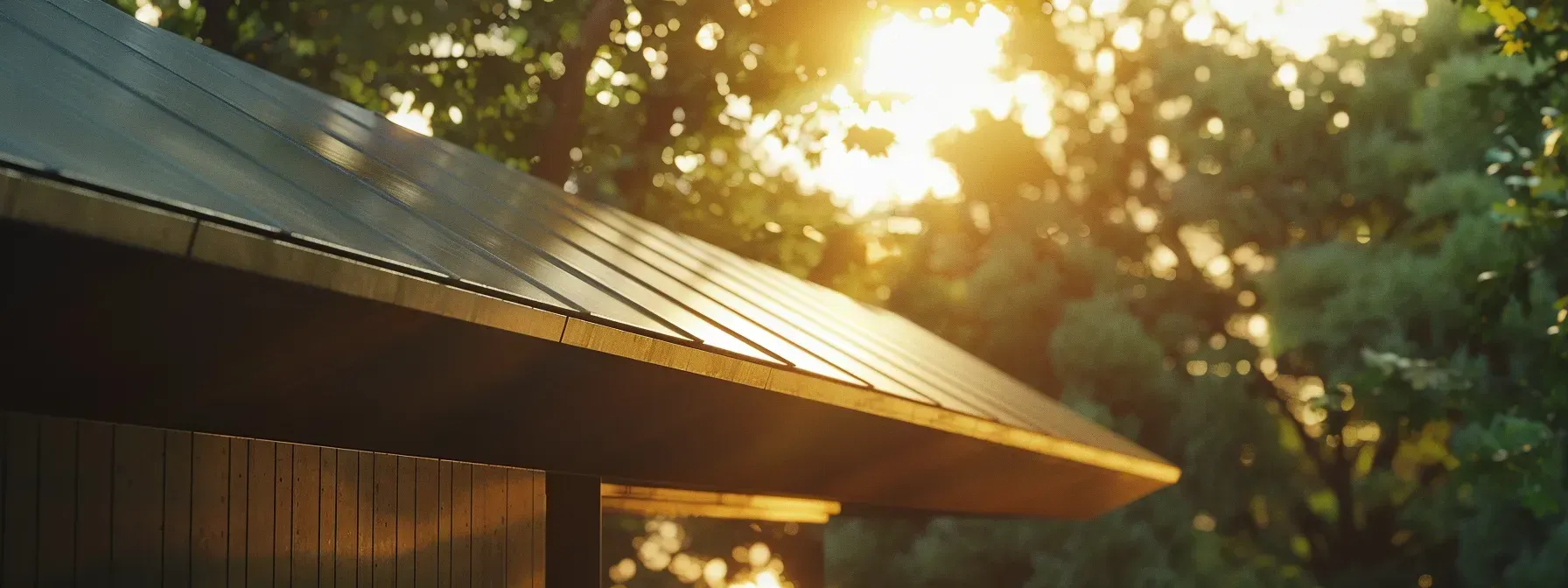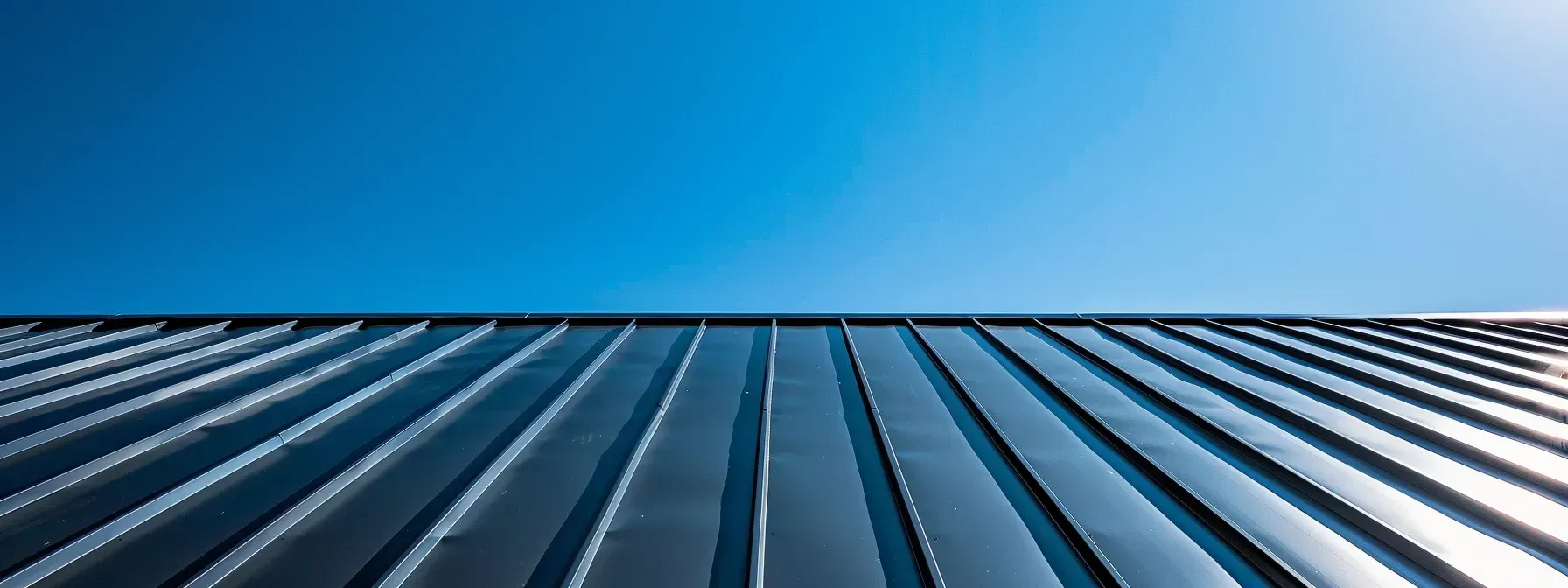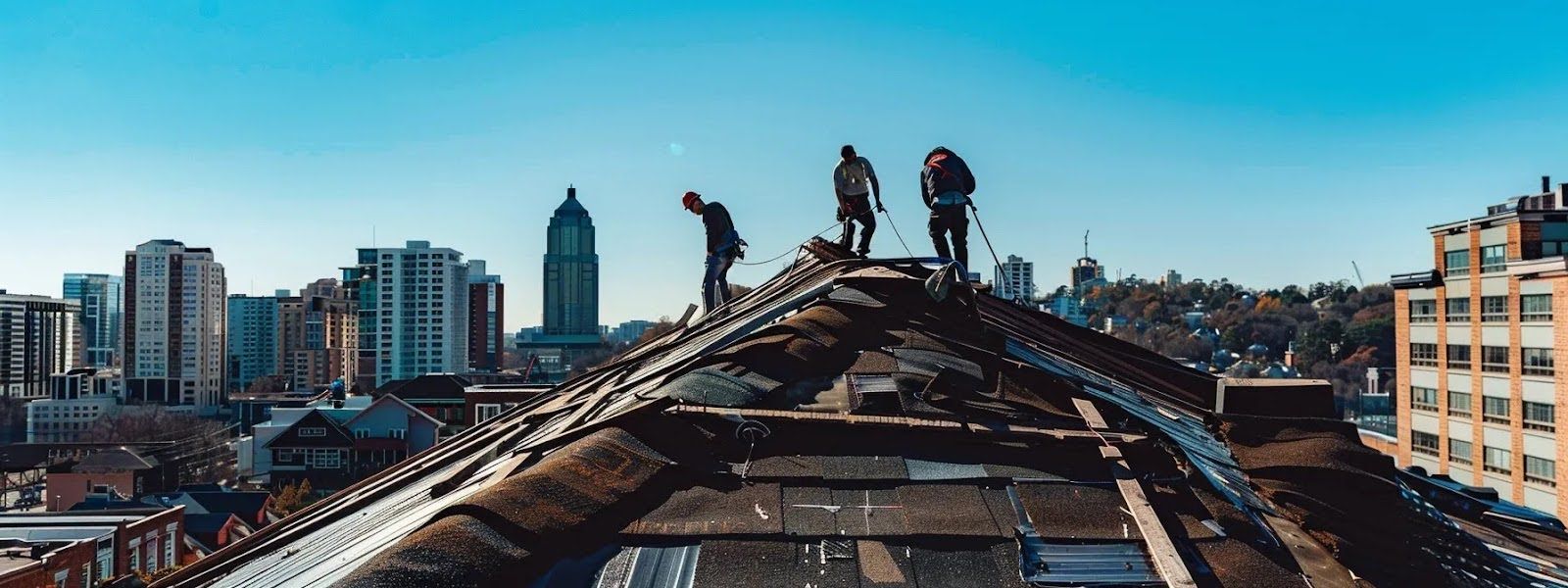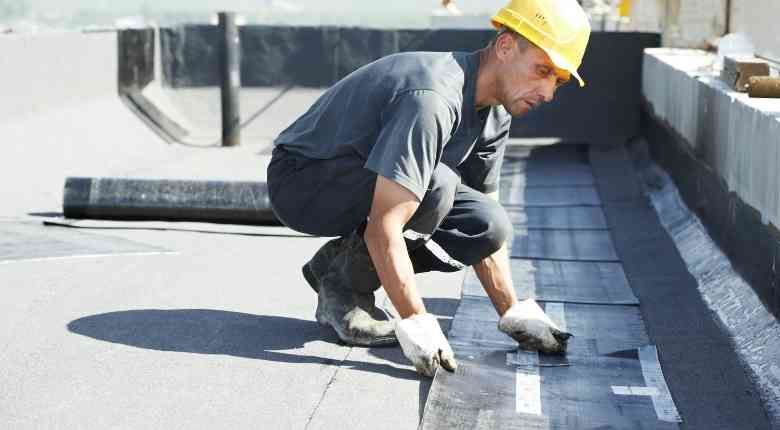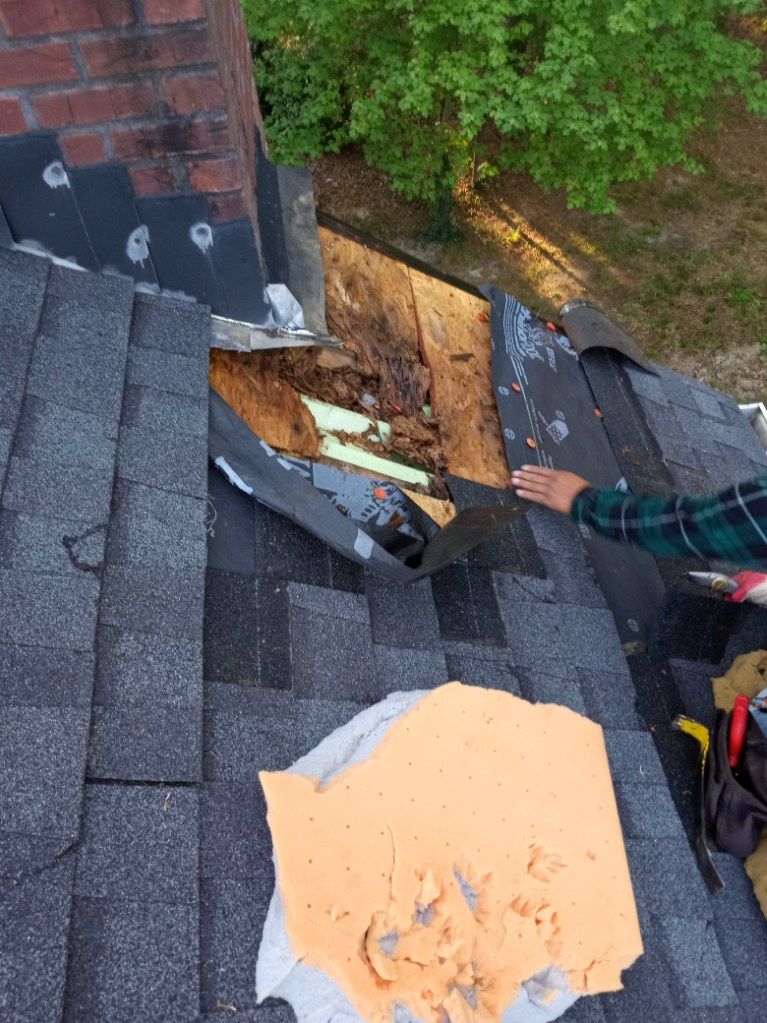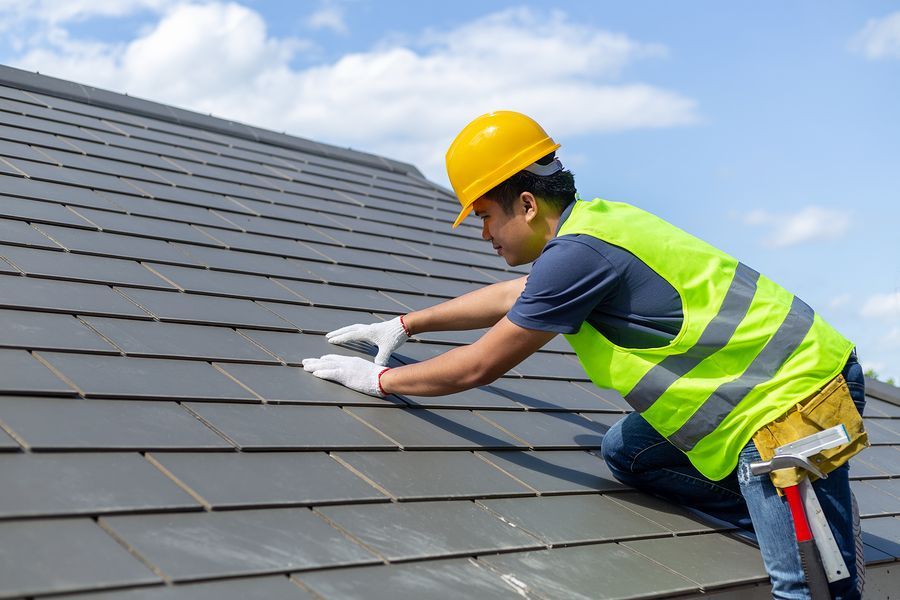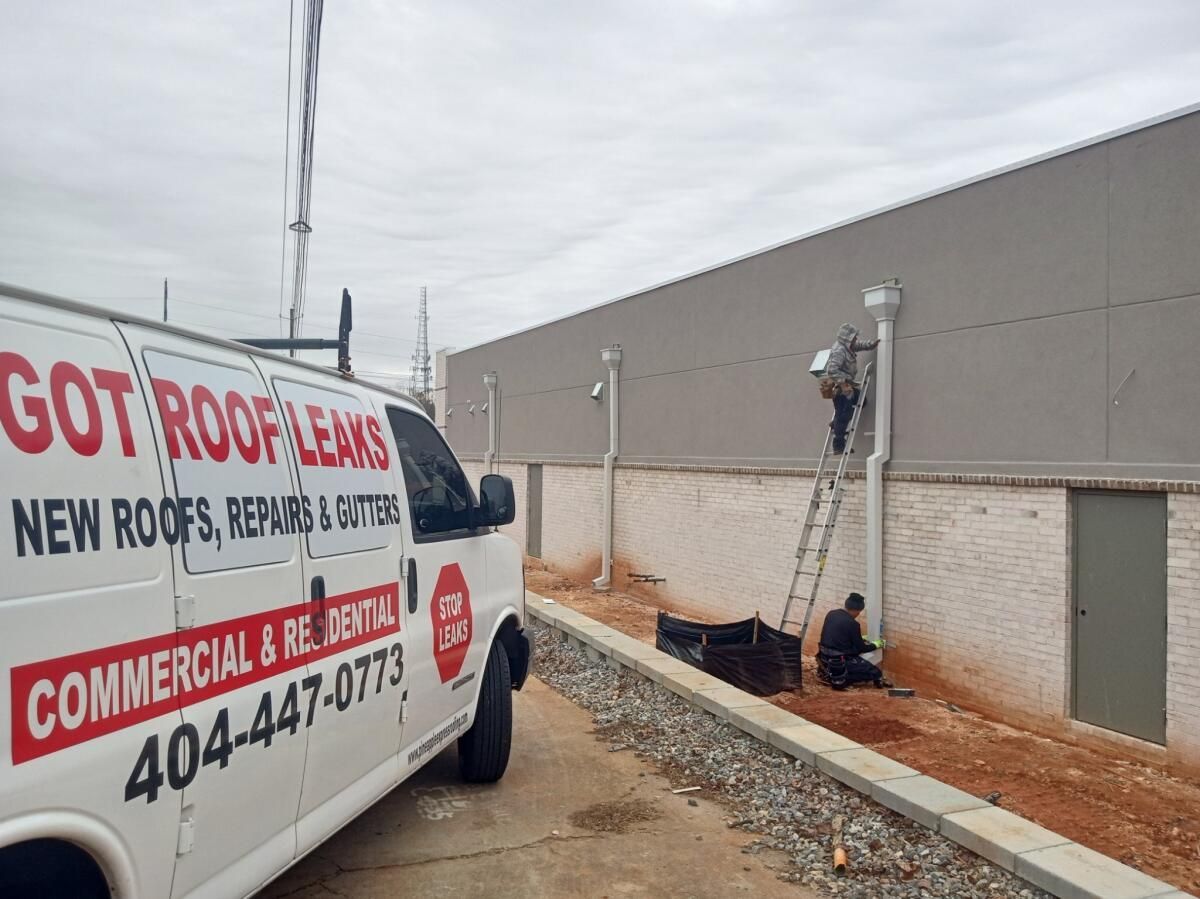Solar Roofing Options: What to Know Before You Invest
The promise of solar roofing is appealing, but jumping into it requires a clear understanding.
Solar power offers a pathway to sustainable energy and potential savings, but many people wonder if the upfront costs, compatibility issues, and installation process are worth it. Whether you're looking at solar options for environmental reasons or to control energy expenses, this guide will cover what you need to know to make an informed choice.
Read on to understand how the right roofing company can make a difference and ensure your investment is solid.
How Much Does Solar Roofing Really Cost?
The cost of solar roofing depends on factors like roof type, area covered, and local energy needs.
Generally, the cost includes two components: the solar panels or shingles themselves, and installation. High-quality solar roofs can cost between $15,000 to $30,000, with panel type and roof complexity playing a significant role. For instance, GAF solar shingles or Tesla’s solar shingles are among the pricier options, partly due to their advanced design. Other choices, like solar panel systems that attach to existing roofs, tend to be less costly but still provide effective energy production.
Consider tax credits and rebates, as they can significantly lower the initial outlay. The federal Investment Tax Credit (ITC), for instance, offers 30% back on solar installation costs. Check local programs that may add further incentives.
What Are the Benefits of Solar Roofing?
Solar roofing does more than just lower electricity bills.
It also contributes to environmental sustainability. According to the International Energy Agency (IEA), rooftop solar PV systems can significantly reduce carbon emissions. In addition, solar energy can offer independence from fluctuating utility rates. Solar power enables some homeowners to eliminate their monthly electric bills or even gain credits from surplus energy production, which feeds back into the grid.
This potential for savings makes solar appealing for those with high energy use, like families with electric vehicles.
Are Solar Roofs Compatible with All Roof Types?
Not every roof type pairs seamlessly with solar panels or shingles.
Solar options are generally compatible with flat roofs, pitched roofs, and various materials, including asphalt shingles, metal, and tile. However, certain conditions must be met for optimal performance. South-facing roofs that receive ample sunlight throughout the day offer the best performance.
Obstructions like chimneys, vents, and trees can limit exposure, which impacts energy production. Additionally, a structurally sound roof is a must.
Working with a locally trusted roofing company helps ensure a safe and successful installation on various roof types.
In cases where a roof is nearing the end of its lifespan, replacement before adding solar components is recommended. This avoids the cost and hassle of removing and reinstalling panels when the roof eventually requires work.
How Does the Installation Process Work?
The solar roof installation process may seem complex but can be easily done with the help of professionals.
It typically starts with a roof inspection, where experts assess structural integrity and sun exposure. Following evaluation, the design phase ensures the layout of solar panels or shingles is customized for your home’s specific requirements. Once permits are secured, installation typically takes one to five days, depending on roof size and type.
Post-installation, inspections confirm compliance with local regulations and system efficiency. At this stage, the system is activated, connecting to the local power grid or functioning independently if you opted for a battery storage system. To ease the process, choose a licensed roofing company with experience in solar installations. A skilled team not only ensures a quality installation but also provides insight into local permitting requirements and can assist with any post-installation questions.
What Solar Options Are Available?
Homeowners today can choose between solar panels and solar shingles.
Panels are more cost-effective and can be removed if necessary, while solar shingles blend with roof materials for a seamless look, but the design often comes at a higher cost. Both options deliver clean energy, with shingles being more suitable for those prioritizing aesthetics.
Monocrystalline panels, known for their efficiency, take up less space but cost more upfront. Polycrystalline panels, while less efficient, offer a budget-friendly alternative. Thin-film panels, on the other hand, are flexible and lightweight, ideal for less conventional installations, particularly if you're interested in options like vinyl siding or sheet metal for a cohesive look.
Consulting a knowledgeable roofing company in Stone Mountain can guide you in selecting the best fit.
How Long Will a Solar Roof Last?
According to the Solar Energy Industries Association (SEIA), a solar roof generally lasts 25-35 years, depending on the type and quality of the materials.
Most manufacturers offer warranties that span 20-25 years, which covers power generation capability. Standard roofing materials have comparable lifespans, meaning that a solar roof should last as long as or longer than a conventional one.
To prolong the life of a solar roof, regular maintenance is essential.
Dust, leaves, and snow can impact energy production, so annual cleaning and inspections are advisable. Working with a trusted roofing company simplifies ongoing care, as they can offer both maintenance and repair services when needed, including roof coating or slate repairs.
Are There Any Drawbacks to Solar Roofing?
While the benefits are many, solar roofing also has limitations.
Initial installation costs are high, and not all locations provide sufficient sunlight for cost-effective energy production. Additionally, cloudy climates reduce efficiency, which can lengthen the payback period. For homeowners in cloudy or shaded areas, consider solar batteries to store excess energy produced on sunny days. Batteries provide backup power during low-sunlight periods, making solar more viable in less sunny regions.
These batteries, however add to the upfront cost, so a clear assessment of regional conditions and budget is crucial.
Conclusion
Solar roofing can transform your home’s energy use, reduce your carbon footprint, and help manage utility expenses.
By understanding the costs, compatibility requirements, installation process, and available options, you’ll feel confident about your solar investment. When you’re ready, Pineapple Express Roofing is here to provide guidance and answer your questions, so you can achieve a smooth, effective transition to solar.
Explore solar roofing possibilities and consult with us to see if it's the right path for your home’s energy needs.



